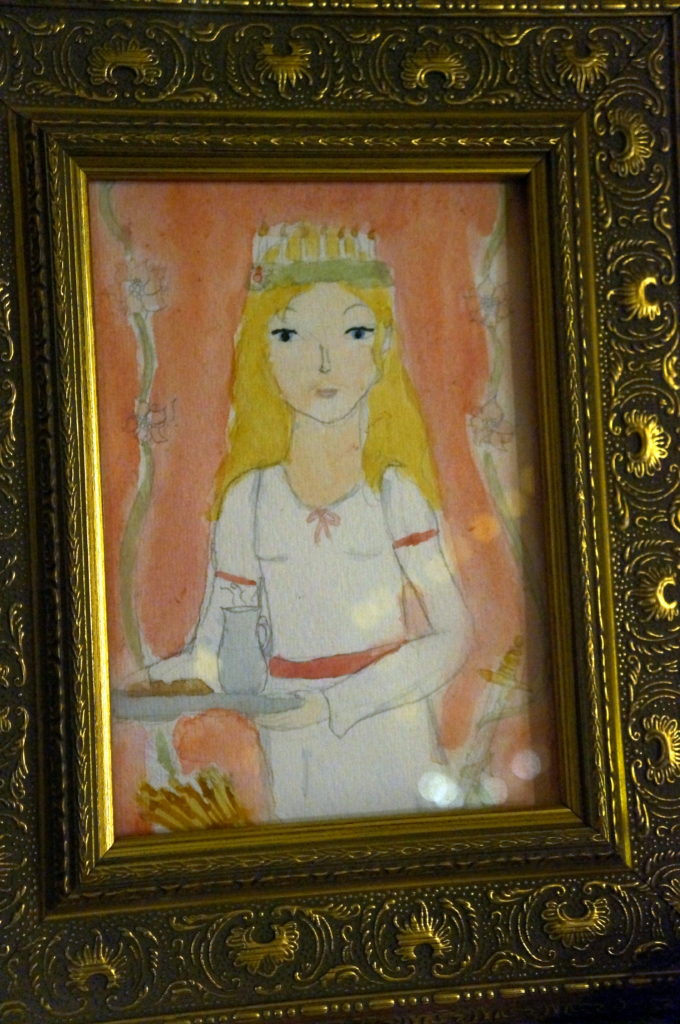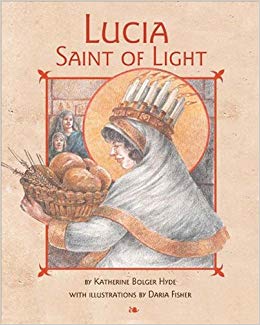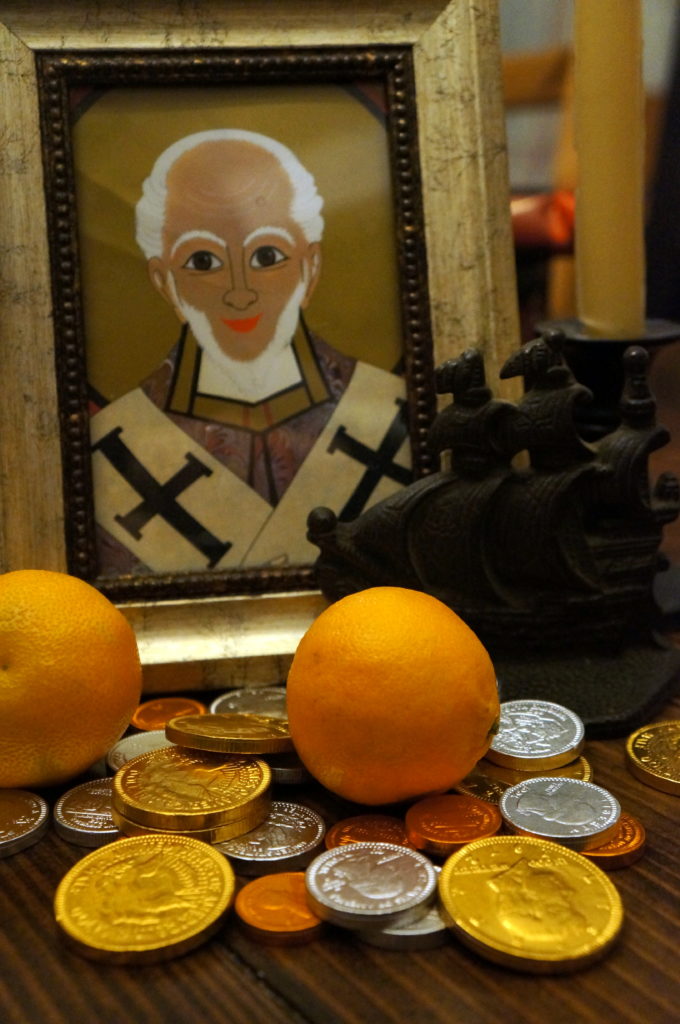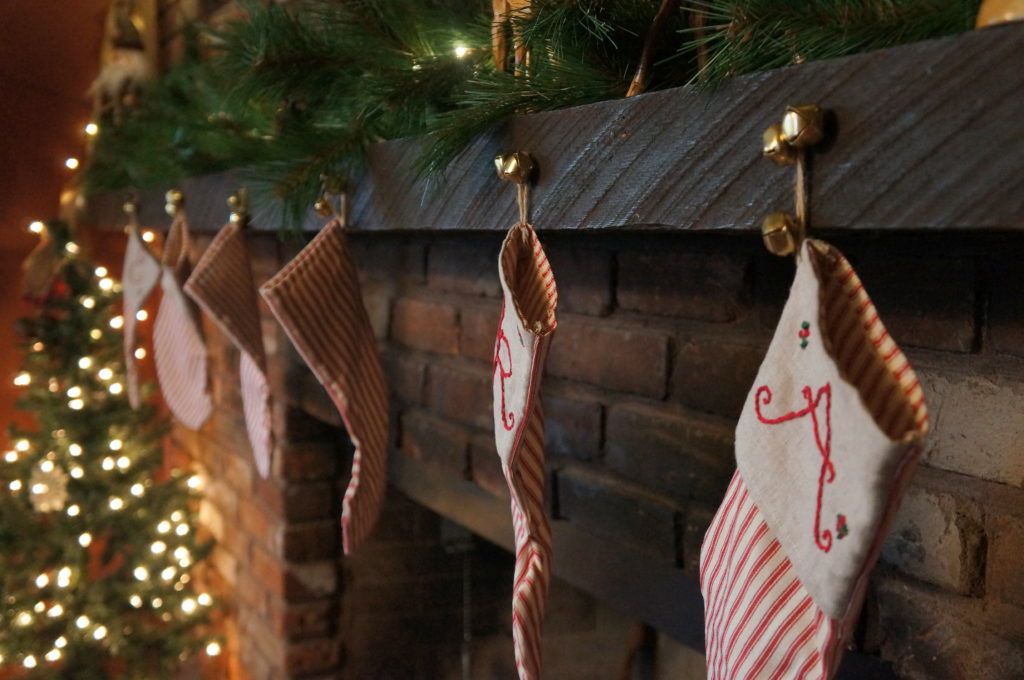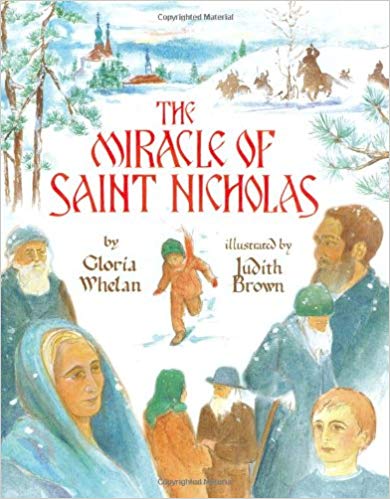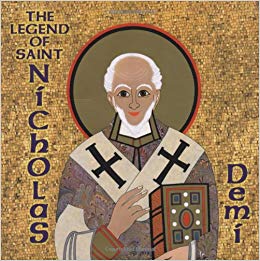Feast Day: December 17
St. Hildegard was a 12th century Benedictine abbess, mystic, poet, composer, physician, Doctor of the Church– in short, a remarkable woman. I don’t know much about her and I’m only just now beginning to seek her out, having caught interest from a convert-friend of mine who loves her.
Pope Benedict XVI said this of St. Hildegard, “Let us always invoke the Holy Spirit, so that he may inspire in the Church holy and courageous women like Saint Hildegard of Bingen who, developing the gifts they have received from God, make their own special and valuable contribution to the spiritual development of our communities and of the Church in our time.”
Though her original feast day is September 17, it has been moved to December 17, which is convenient since much of her poetry and song is fitting for the contemplative period before Christmas when we are accompanied by the O Antiphons. Below is a beautiful choice for the season, though there are many others worth seeking out.
Ave, Generosa
Hail, girl of a noble house,
shimmering and unpolluted,
you pupil in the eye of chastity,
you essence of sanctity,
which was pleasing to God.
For the Heavenly potion was poured into you,
in that the Heavenly word
received a raiment of flesh in you.
You are the lily that dazzles,
whom God knew
before all others.
O most beautiful and delectable one;
how greatly God delighted in you!
In the clasp of His fire
He implanted in you so that
His son might be suckled by you.
Thus your womb held joy,
when the harmony of all Heaven chimed out from you,
because, Virgin, you carried the son of God
whence your chastity blazed in God.
Your flesh has known delight,
like the grassland touched by dew
and immersed in its freshness:
so it was with you, O mother of all joy.
Now let the sunrise of joy be over all Ecclesia,
and let it resound in music
for the sweetest Virgin,
Mary compelling all praise,
mother of God. Amen.

